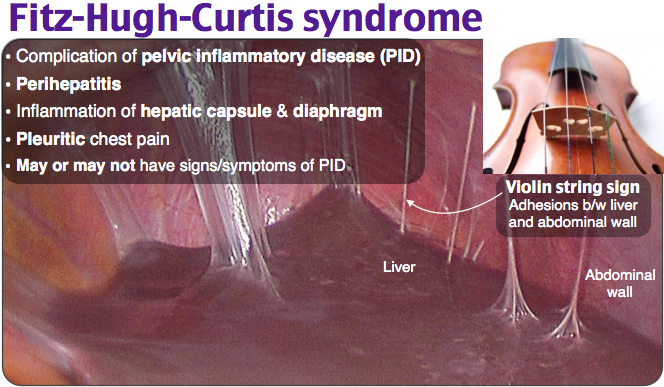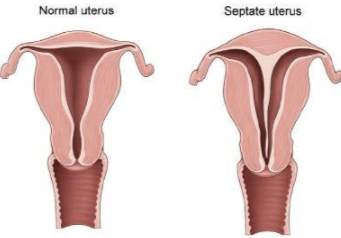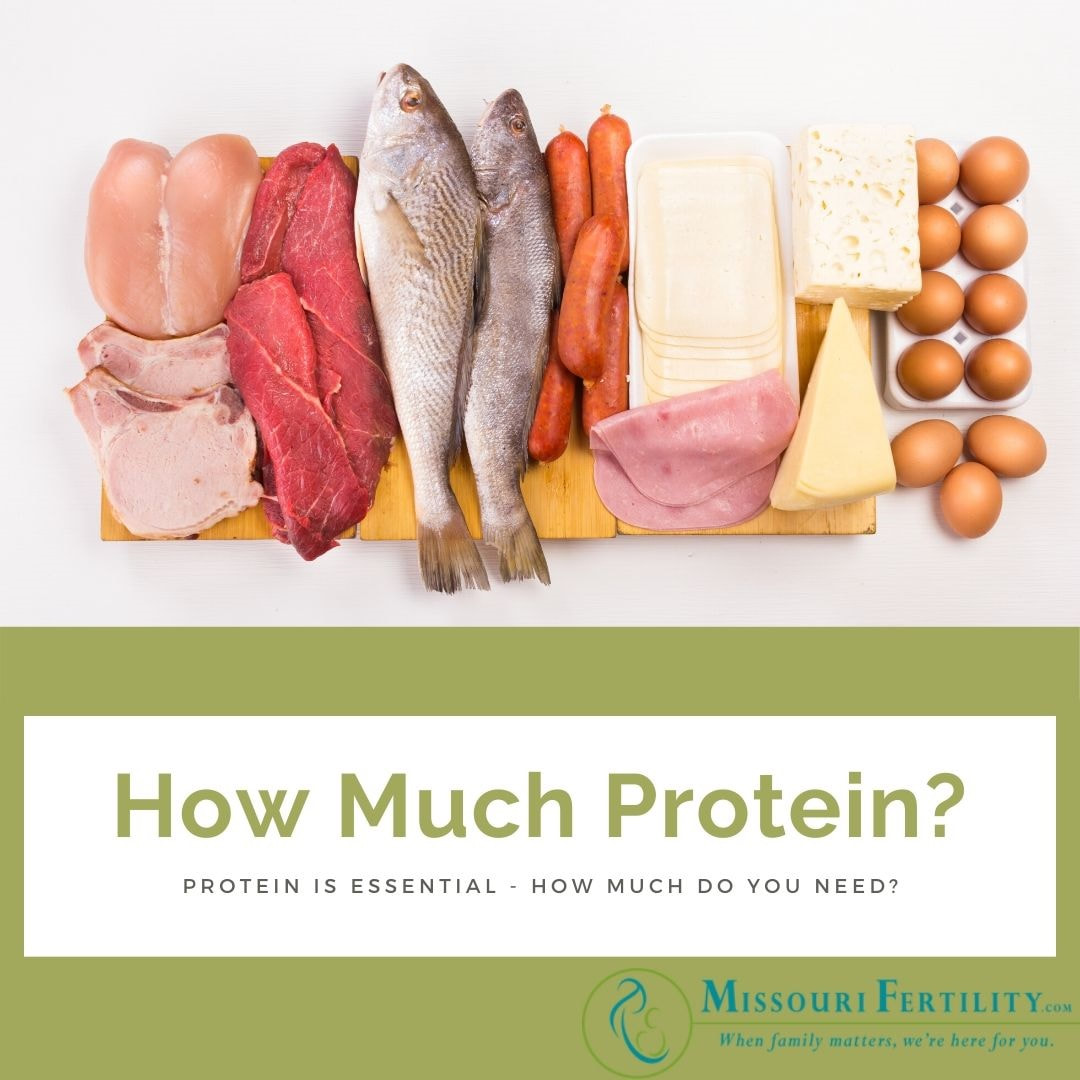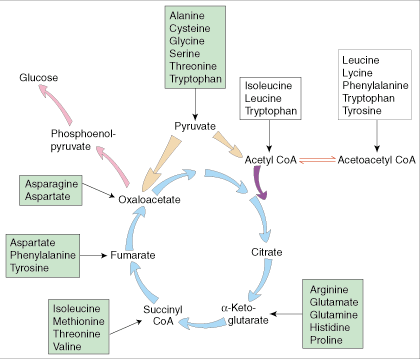|
Dr. Gil Wilshire performs an open surgery to remove a fibroid that was causing pain, heavy irregular bleeding, and infertility. The ability to remove these fibroid tumors without damaging the endometrium (cavity) of the uterus is clearly demonstrated.
0 Comments
In this video Dr. Wilshire will perform a laparoscopy on a woman in her late 30's, with Fitz Hugh Curtis Syndrome, which caused by a chlamydia infection that goes up through the uterus and tubes and into the abdomen, infecting the entire abdominal cavity.
#STD #Chlamydia #Infertility #CoMo #Missouri #DrGilMD #MissouriFertility
The uterus is normally triangle-shaped and hallow on the inside, with a septum, there is a dip inside, called a septum, and it can cause miscarriages and other reproductive problems. In today's video, Dr. Wilshire performs surgery on a young woman who has a septum in her uterus.
Once cooked, remove the eggplant from the oven and allow to cool.
Once cool, peel the skin and discard, cut up the eggplant and place in large bowl. Set aside 2 Tbs of olive oil in a small bow, add the remaining olive oil to the eggplant; then add all remaining ingredients (except the pine nuts) and blend with an immersion blender until smooth. To serve drizzle with olive oil and pine nuts. Serve with tomatos, cucumbers, celery or any other non-starchy vegetable you like! Per Serving (8): 16g fat 12g carbohydrate 3g protein NOTE: Carbohydrate is net; total less fiber Why is protein considered the important focus for weight loss and maintenance in the short and long-term? In a word, satiety. Animal based protein is nutrient-dense; when in included at adequate levels in your diet, it is much easier to meet nutrient needs each day. Most calorie restricted diets not only reduce calories, they significantly reduce protein intake. This causes the hunger that is often reported once an individual is into their lower calorie diet after a few weeks. While starvation does work in the short term, long-term 95% of people who lose weight will gain it back within three years, 99% will within five. Those are some staggering statistics. When you do not eat enough protein, you are starving, slowly but surely; but here's the crazy thing - that also holds true even in a state of excess calorie consumption. Protein is a really neat macronutrient, not only does it provide us with essential amino acids, it also is used throughout the body to repair and build muscle, cells and tissue. Amino acids are critical to maintain our health, but they're not really a great energy source - when the body's energy sources are low, it begins to degrade proteins for use as an alternative energy source. Amino acids can be classified as glucogenic or ketogenic. Glucogenic amino acids can be degraded to pyruvate or an intermediate in the Krebs Cycle. They are named glucogenic because they can produce glucose under conditions of low glucose. This process is also known as gluconeogenesis, or the production of "new glucose." Amino acids form glucose through degradation to pyruvate or an intermediate in the Krebs Cycle. The intermediates can then be converted to oxaloacetate, the main precursor for gluconeogenesis. (glucogenic amino acids: alanine, cysteine, glycine, serine, threonine, tryptophan, asparagine, aspartate, phenylalanine, tyrosine, isoleucine, methionine, threonine, valine, arginine, glutamate, glutamine, histidine, and proline).
In contrast, ketogenic amino acids can produce ketones when energy sources are low. Some of these amino acids are degraded directly to ketone bodies such as acetoacetate (leucine, lysine, phenylalanine, tryptophan, and tyrosine). The other ketogenic amino acids can be converted to acetyl CoA. Acetyl CoA has several different fates, one of which is the conversion to acetoacetate. Although not a preferential energy source, acetoacetate can be metabolized by the brain and muscle for energy when blood glucose is low and acetoacetate cannot be used in gluconeogenesis, since acetyl CoA cannot be converted directly to oxaloacetate. The above is what happens when you consume adequate protein each day. So, what happens if you consume too many calories and/or too much protein? Basically, when energy sources are high, both glucogenic and ketogenic amino acids are converted to fatty acids through the intermediate acetyl CoA. Other amino acids that are degraded to intermediates in the Krebs Cycle are siphoned off into the production of urea, a nitrogenous carboxyl compound that is filtered through the kidneys and secreted in the urine. Put another way, you now have fatty acids that can store as body fat. It is for this reason one should not consider a controlled-carb diet as an all-you-can-eat buffet, just hold the carbs. Whether you're new to carbohydrate restriction, or a long-term veteran, you need to know how much protein you need at minimum, and also understand where the maximum is for weight loss and weight maintenance. How does one know how much is enough and how much is too much? It depends largely on weight. In fact, it is really all about how much one weighs. Protein requirements are based on body weight because body weight takes into account mass, lean body tissue and structural maintenance. The more you weigh, the more protein you need; the less you weigh, the less you need. The absolute minimum, to meet EAA requirements is considered 0.8g/kg body weight. On a carb-controlled diet, one does require more to fuel gluconeogenesis and most agree that protein requirement ranges, from 1.0g/kg to 1.5g/kg. A good middle maximum is 1.2g/kg if someone is active. The chart below provides protein requirement and upper protein range for those restricting carbohydrate in their diet. Dr. Wilshire performs surgery for a young woman with the OHVIRA syndrome. This condition is one of the rarest variations of what are known as Mullerian Anomalies. These are congenital (birth defects) which can cause infertility, miscarriages, or other poor obstetrical outcomes. Dr. Wilshire carefully shows the internal anatomy of this patient and explains the condition in detail. |
�
Archives
March 2023
Categories
All
|
- About Us
-
Services
- Infertility >
- Fertility >
- Third Party Reproduction
- Reproductive Surgery
- Patient Resources >
-
Fertility Facts
>
- Age & Infertility
- Conception 101
- Endocrine Disorders
- Endometriosis
- Fallopian Tube Issues
- Female Infertility
- Infertility FAQs
- Infertility Myths
- Male Infertility
- PCOS
- Pelvic Pain
- Premature Ovarian Failure
- Recurrent Pregnancy Loss
- Secondary Infertility
- Sexually Transmitted Disease
- Unexplained Infertility
- Uterine Disorders
- IVF
- Blog
- Contact
- Patient Portal
|
|
Missouri Fertility
1506 E Broadway Suite 220 Columbia, MO 65201 [email protected] Phone: 573-443-4511 Fax: 573-443-7860 |
Patient Portal |









 RSS Feed
RSS Feed
